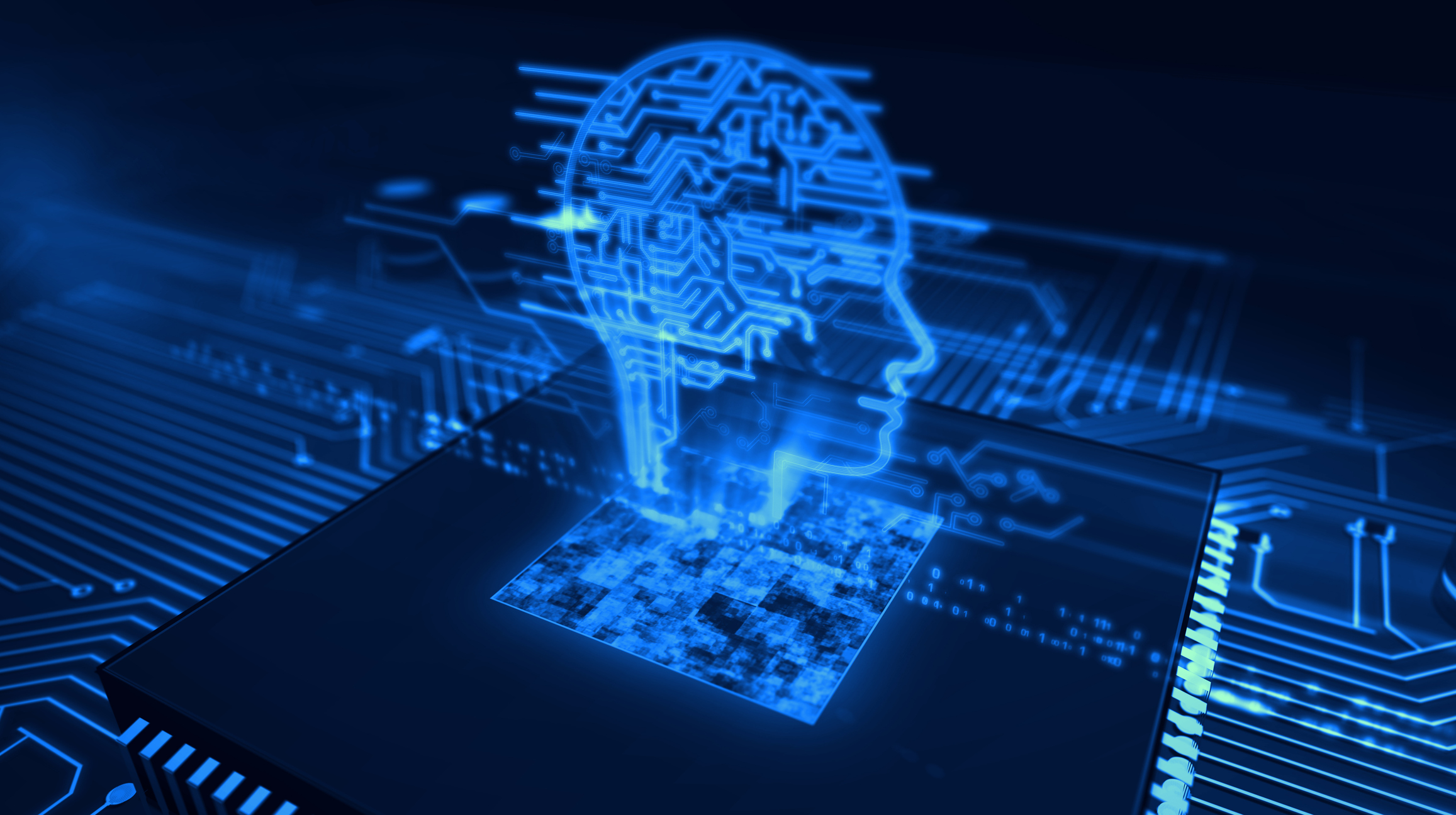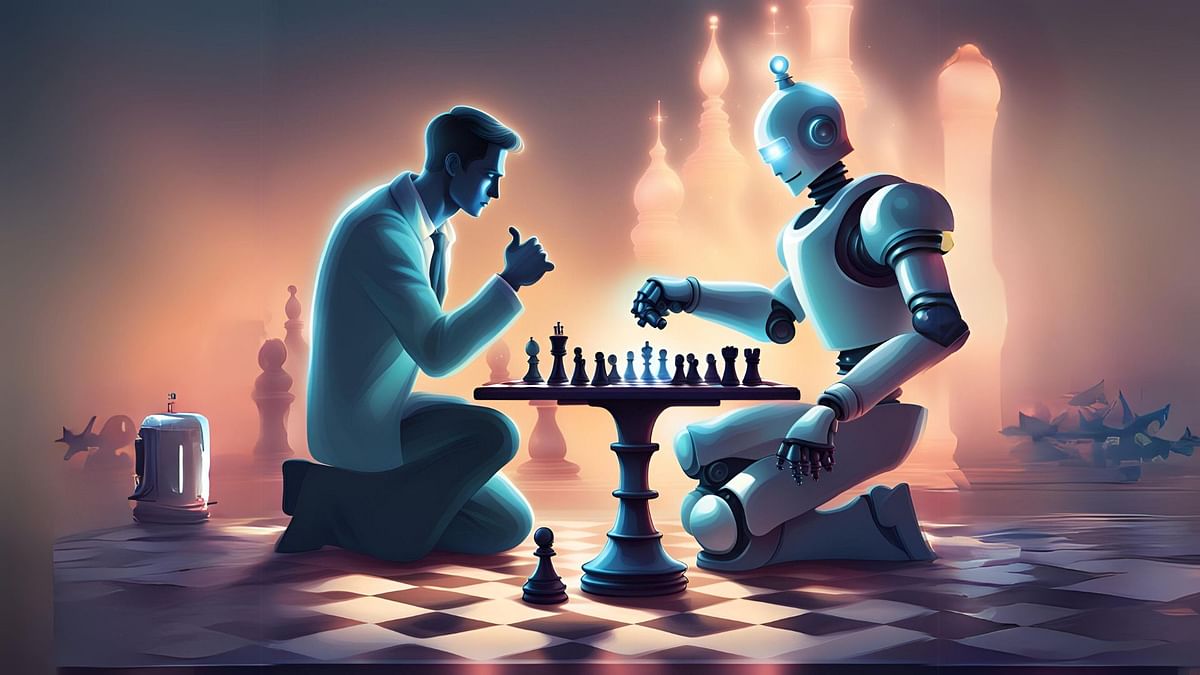The word on the (virtual) street is that AI has transformed the science fiction of digital ghosts into a reality. The technology can, it is claimed, convincingly imitate those who are no longer with us, the living. Their afterlife is provided by “re-creation services.” They are called deadbots (or griefbots). They can interact with and send emails to those who are stuck in the time of the departed, which is, of course, the past. Though the deadbot is “definitely not a conscious entity,” they do use huge amounts of “[personal data] to simulate language patterns and personality traits.”
But there is a problem with this technology that researchers and “technology ethicists,” who seem preoccupied with the question of adaptability—meaning, with how “AI technology [might] be racing ahead of respect for human dignity”—seem to miss. This, of course, is the old problem of “adaptive lag.” As evolutionary anthropologists (particularly in the niche construction school) point out, humans are at once biological and hyper-cultural. The former evolves slowly, the latter rapidly. This gap presents risks that have biological consequences that the 1970s described as “future shock.” But the bigger and maybe fatal problem with deadbots is not adaptability, but their immortality.
Science News:
The companies Silicon Intelligence and Super Brain already offer this [afterlife] service. Both rely on generative AI, including large language models similar to the one behind ChatGPT, to sift through snippets of text, photos, audio recordings, video and other data. They use this information to create digital “ghosts” of the dead to [re-]visit the living.
However, the deadbot of your mother/father/brother/partner/what-have-you will not imitate the key feature of life, which is novelty. In this way, AI imitates a soul, which, to use the words of the under-appreciated 20th-century philosopher Alfred North Whitehead, has “permanent characteristics” and so is “exactly the irrelevant answer to the problem which life presents” because “the soul need be no more original than a rock.” To be more than a photo, a text message, or an audio recording, the trick AI has to perform to produce the optimal visitation is the illusion of impermanence. The deadbot can only be convincing if it is mortal. As consequence, the realism of a digital ghost requires that it be born again only to face death again. (From this requirement emerges contradictions that are as insoluble as those found in time-travel films and literature.)
Life cannot be dynamic or have a future if it is immortal. It can’t be in heaven, where nothing happens forever; it must be in and move through the heat of time and its vicissitudes, its ups and downs. This kind of deadbot, which might recognize the Tamagotchi pet as a kind of primitive ancestor, has to eat, sleep, worry, cry, laugh, lose its marbles, obfuscate, be direct, get sick now and then, and so on and so on. It can’t just give the quick good news all of the time—”I’m loving the sunset right now…” “This Willamette Valley pinot blanc is just perfect…” “Walking through the park and looking at the clouds over Lake Washington.” Bad things must happen to it—”I got into an accident…” “I’m in an ambulance…” “Call me back as soon as you get this message.” The virtual ghost also has to age, grow old, and complain about how its time-worn knees aren’t what they used to be. And, finally, it must return to the death from which it was digitally resurrected. (But only to die again? Is that really death? Death is only death if it’s forever… right?) Whatever the case might be, there is certainly no future, no time, no being here without mortality.
If a deadbot can’t imitate life in any real sense, then what can it do? Make money. “Our concern is that griefbots might become a new space for a very sneaky product placement,” explained Katarzyna Nowaczyk-Basińska, “a researcher at the Leverhulme Centre for the Future of Intelligence at the University of Cambridge.” Why end with advertising? Why not go all the way with this new profit-making opportunity?
Now, picture this (which, as a capitalist subject, shouldn’t be hard to do): When you agree to borrow money, you must also permit the bank to use your AI-generated ghost to recover what you still owe if you die. In this world, debts don’t go with you to the grave. The stay here, in the world where money is time. The deadbot of you could continue repaying a debt by working at a call center, demanding a communication fee from your relatives and friends, promoting products on the radio or social media, or being bank-pimped for virtual sex. As a sampled robot in a drum-and-bass track put it: “The growth potential is endless, endless, endless.”




